
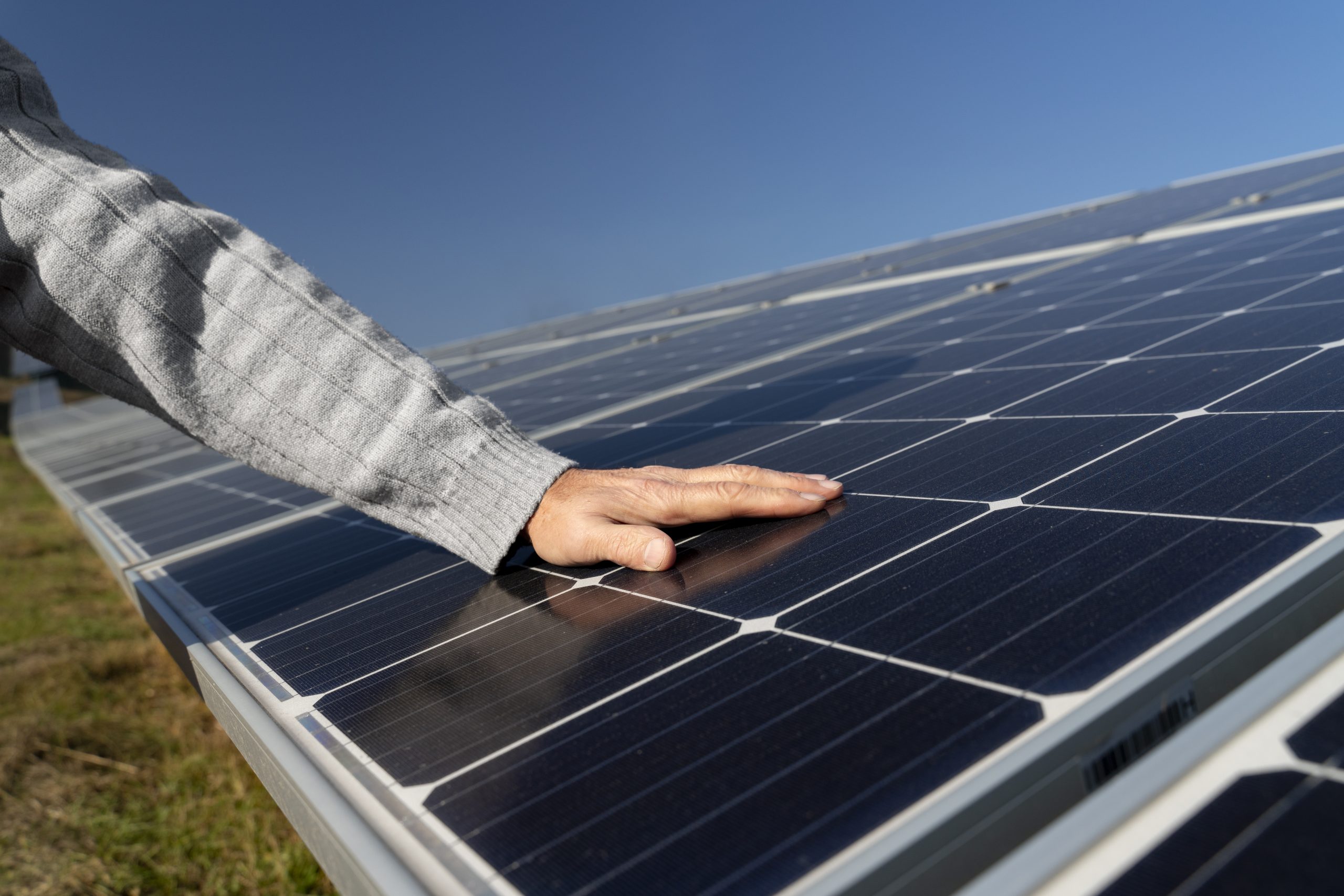


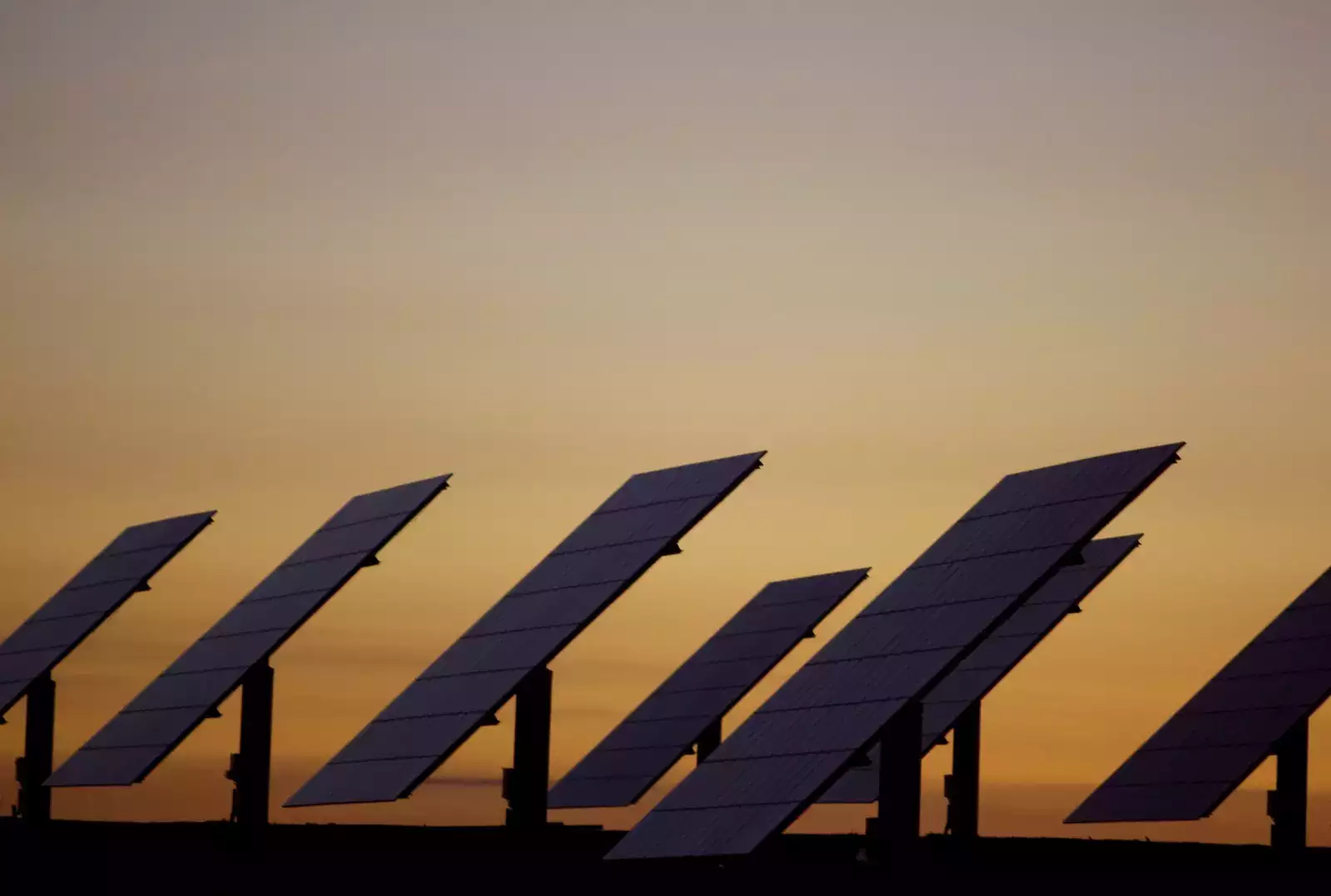
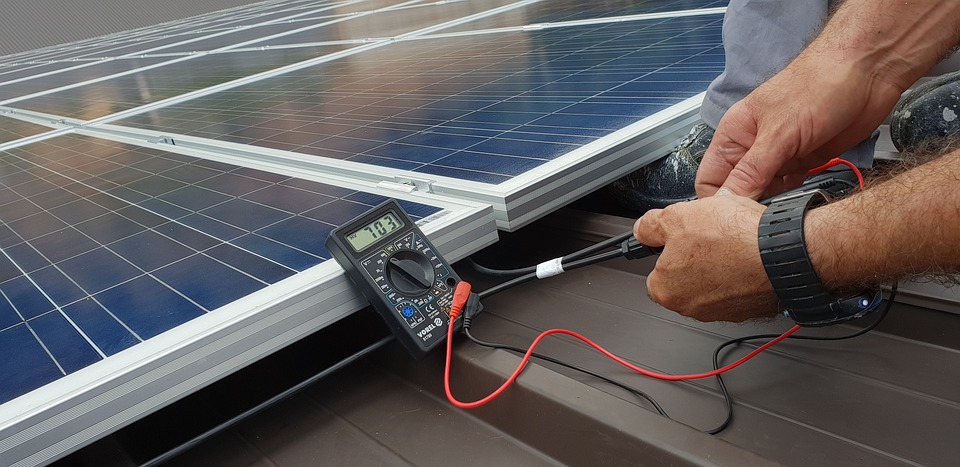
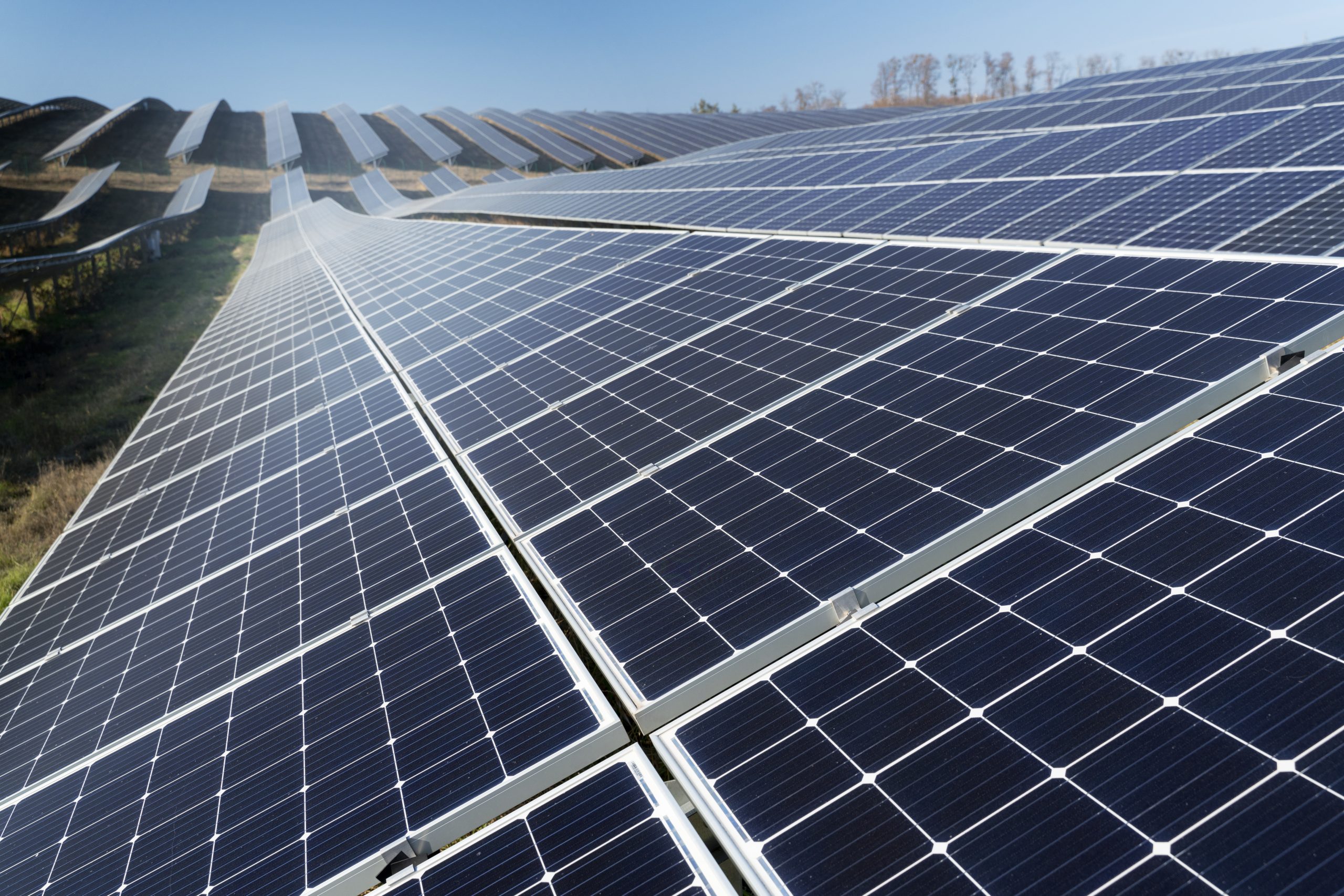
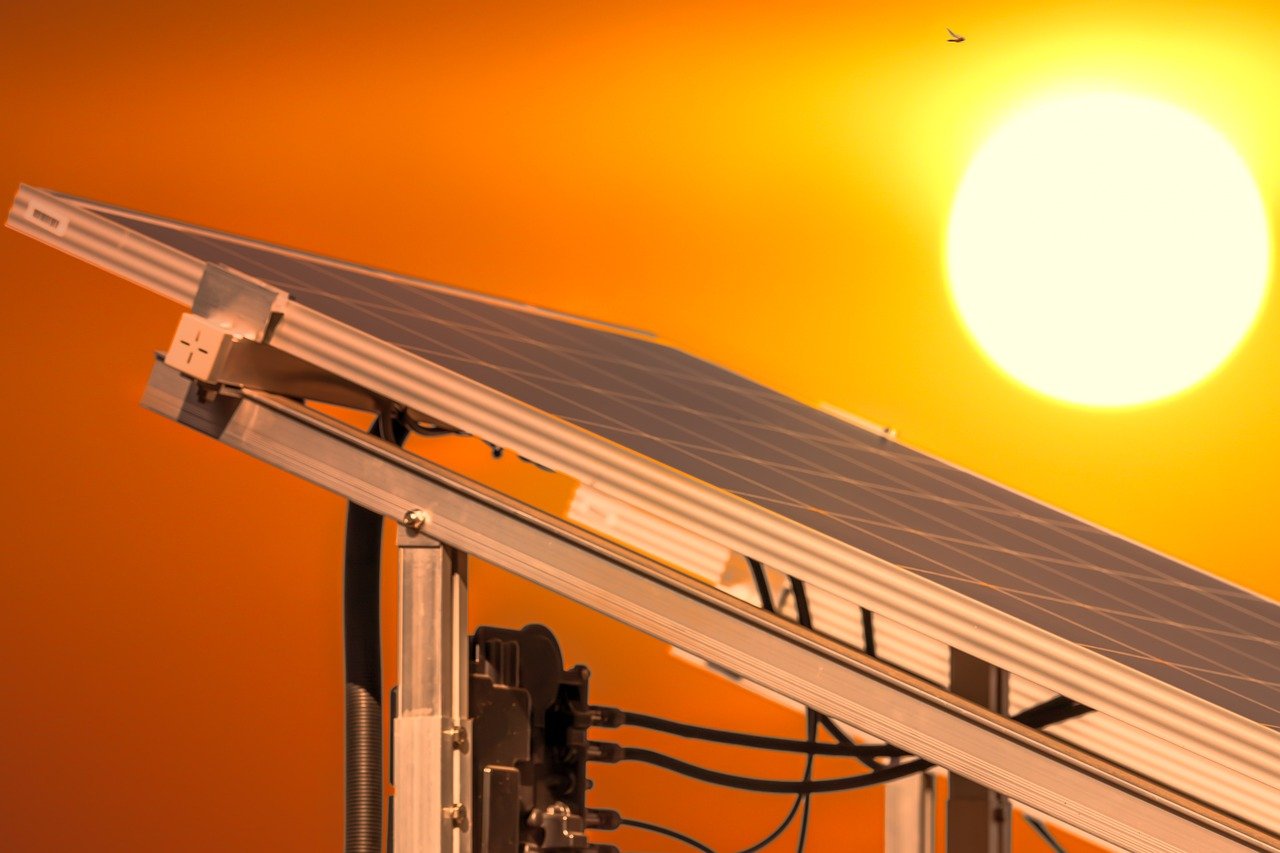

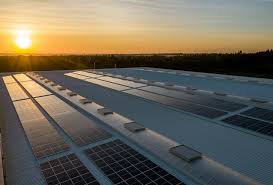
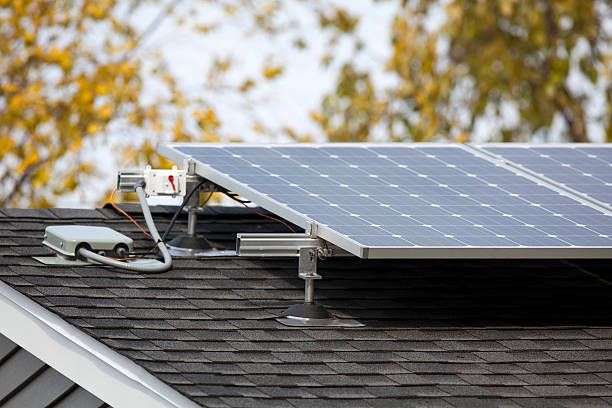
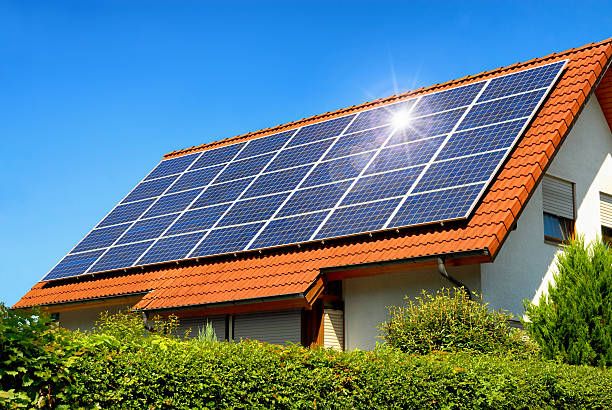

80% to 90% of international trade is facilitated via sea routes. Bulk ships, container ships, oil tankers, chemical tankers. Together, these types of ships account for 20% of the world's fleet, but 85% of her net GHG emissions are related to the shipping sector.
International freight forwarding is to some extent correlated with the global economy as it provides downstream logistics services for the production and distribution of goods and fuels. Therefore, past developments in world GDP and trade in goods tend to be analyzed in order to estimate the strength of the relationship between economic growth, maritime trade, and subsequent energy demand. Since 2000, global GDP has grown at an average rate of about 3%. However, due to the financial crisis in 2008, the average growth rate dropped significantly from 2008 to 2009 to -1.5%. After that, the economy recovered.
The 2008 financial crisis may shed light on economic performance as the world recovers from the COVID crisis, but uncertainty remains about global economic performance in 2020 and beyond. Assuming adequate and targeted policy support from governments around the world, global GDP is expected to grow by 5.8% in 2021 as economic activity normalizes 2021. However, it is unclear how the COVID pandemic will affect economies around the world when different future trends are discussed.
It also discusses the net impact on the shipping sector, particularly seaborne trade volumes. If the global economy recovers at a rate of 5.8% in 2021, the world maritime trade is likely to follow this trend and continue to grow at an annual rate of around 3.5%. Therefore, it is of utmost importance to enable the use of renewable energy sources and implement RES measures to avoid a sharp increase in greenhouse gas emissions.
“Large ships account for approximately 85% of net GHG emissions in the international shipping sector.”


As can be seen from the chart above, factors such as global GDP, trade and manufacturing activity are the major factors shaping the energy demand of the international shipping sector. With the increasing introduction of Energy efficiency measures in international shipping, the links between GDP, trade and energy demand are likely to become increasingly disconnected. However, given the central role of international shipping in the global economy, the role of Energy efficiency is clearly limited. Renewable energy will therefore play a key role in decarbonizing the sector by mid-century.
In order to implement the EE, SEEMP (Ship Energy Efficiency Management Plan) was implemented.

SEEMP was launched with EEDI in 2013 to serve as an operational indicator of ship efficiency. This measure provides a mechanism to improve vessel efficiency in a commercially viable manner. It sets out a systematic plan for implementing EE controls for each vessel over a desired period of time. In 2013, the IMO mandated that all ships over 400 gross tonnages (GT) of ship carry a ship-specific SEEMP. SEEMP tracks a ship's EE and helps streamline the decision-making process for improvements for ship owners and fleet managers. Applying the SEEMP mandate is a four-step cyclical process: planning, implementation, monitoring, self-assessment and improvement. The application of this obligation is very important as the SEEMP provides the basis for ship energy management. The above figure shows the four-step cycle associated with SEEMP.
The IMO predicts that maritime trade could increase by 40% to 115% by 2050 compared to 2020 levels. About 99% of international shipping's energy needs are met by fossil fuels, with kerosene and marine gas oil accounting for up to 95% of the total. The IMO has warned that greenhouse gas emissions linked to the shipping sector could increase by 50% to 250% by 2050 unless adequate mitigation measures are taken. Efforts to curb global warming. To reduce the level of uncertainty, pre-planning and analyzing how to decarbonize the international shipping sector by 2050 is critical.

The following actions can raise decarbonization targets beyond the 1.5°C scenario targets. These actions fall into his four categories:

Source: IRENA
Fully represent and engage stakeholders relevant to the shipping sector and ensure that they are working towards establishing strategic partnerships and common goals.
Find synergies and strengthen international cooperation between all power and fuel stakeholders, including shipping, aviation, energy-intensive industries (cement, steel, etc.), utilities and the petrochemical sector.
Civil society needs to be sensitive and informed about environmental impacts, especially those related to climate change and possible decarbonization solutions. It can be assumed to increase the promotion of the availability of sustainably shipped goods.
Waaree offers turnkey RE and EE solutions to multiple sectors, including the shipping industry, visit www.waaree.com to know more.
PRODUCTS OFFERED
Waaree Energies Ltd. is the flagship company of Waaree Group, founded in 1989 with headquarters in Mumbai, India. It has India's largest Solar panel manufacturing capacity of 5GWs at its plants in Surat and Umbergaon in Gujarat. Waaree Energies is amongst the top players in India in Solar Panel Manufacturing, EPC Services, Project Development, Rooftop Solutions, and Solar Water Pumps and is also an Independent Power Producer. Waaree has its presence in over 380 locations nationally and 20 countries internationally. Step on to your cleaner journey by contacting us at 18002121321 or mail us at waaree@waaree.com